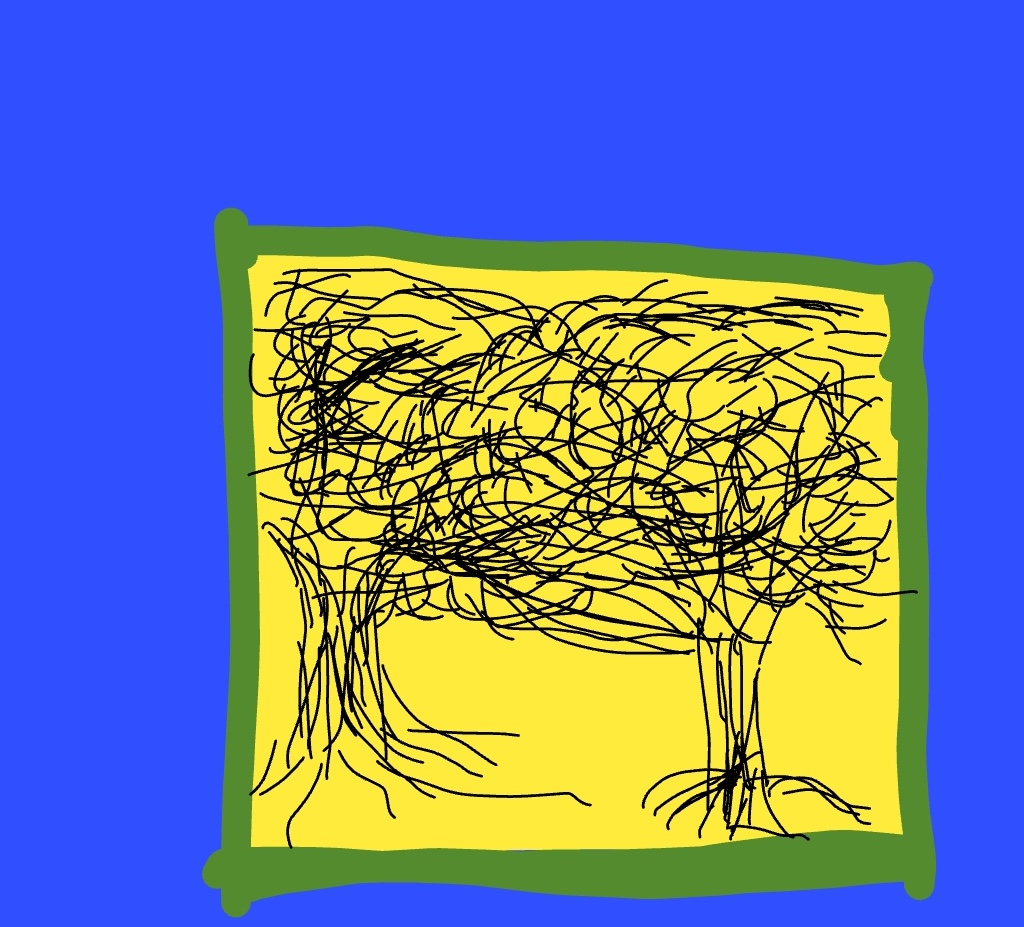

antler/snake is a two-track EP featuring a mix of composed and improvised performance where a century-old baritone saxophone serves as both subject and collaborator. Its time-worn anatomy–antiquated design features, subtle distortions to its harmonics, and slight warping of its body created by age–create unique nuances to the instrument's timbre and overall sound.
Rather than attempting to correct or smooth out these unique characteristics, the performance brings them to the forefront through techniques like split-tones, which activate multiple harmonics at once. Recorded in a resonant stairwell, the instrument's frequencies bloom naturally, amplifying its hidden harmonics and revealing its distinctive voice.
The works take an approach where the instrument's history and imperfections contribute to the music, highlighting the interplay between performer and instrument.
The first track, antler, is partially written in tribute to Hamiet Bluiet, inspired by a moment from Deborah in My Father's House from his album Birthright - A Solo Blues Concert (1977). Drawing on Bluiet's innovative use of split-tones, antler explores similar harmonic territory, engaging with the expressive qualities of his solo baritone saxophone performance while expanding on those ideas personally through the composition of antler.
Bluiet's Birthright is an underrated influence on solo baritone saxophone performance, and antler reflects its impact on how the instrument can be approached. The piece emphasizes the emotional depth and the inherent imperfections of older instruments, using split-tones and the natural resonance of the saxophone to explore those characteristics in a new context.
antler/snake is available as a 7-inch lathe-cut clear vinyl, in addition to its digital release on Bandcamp. The decision to release it on lathe-cut vinyl reflects an interest in the raw, unpolished qualities of the medium, which aligns with the focus on the natural sound of the instrument. The physical format brings out the instrument's resonance in a way that complements the overall approach of the recording.


